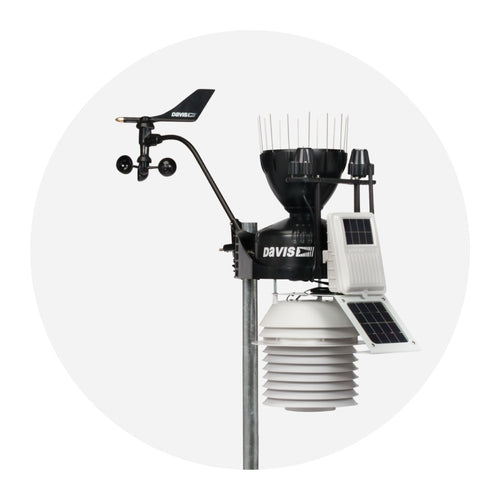Celestial navigation is a method of navigating a vessel or determining its position on the Earth's surface using celestial bodies, primarily the sun, moon, stars, and planets. Before the advent of modern electronic navigation systems, celestial navigation was the primary method used by sailors to find their way across the oceans.
The principles of celestial navigation rely on the observation of celestial bodies and the use of specialized navigational instruments, such as a sextant, to measure their angles and positions relative to the observer. By comparing these measurements with known celestial charts or almanacs, a navigator can determine their latitude and longitude, which are crucial for determining a vessel's position on the Earth's surface.
The process of celestial navigation involves the following steps:
-
Taking Celestial Sightings: The navigator uses a sextant to measure the angle between a celestial body, such as the sun, moon, or stars, and the horizon. These measurements are known as "sights."
-
Calculating the Celestial Body's Position: Using the sight data, the navigator consults nautical almanacs or tables that provide the celestial bodies' positions at specific times. By comparing the observed angle with the predicted angle for a given celestial body at a specific time, the navigator can determine the celestial body's position at the time of the observation.
-
Plotting the Lines of Position: The navigator plots the observed positions of multiple celestial bodies as lines on a nautical chart. These lines are known as "lines of position" (LOPs). Where these lines intersect or come close to each other, the navigator can determine their approximate position.
-
Dead Reckoning and Time Updates: To refine the position further, the navigator takes into account the vessel's previous position (known as dead reckoning) and makes adjustments based on time updates. By comparing the observed celestial positions with the vessel's estimated position, the navigator can make corrections and obtain a more accurate fix.
Celestial navigation requires knowledge of astronomy, the use of navigational tools, and the ability to interpret and calculate celestial data. While it has become less common with the widespread use of satellite-based GPS navigation, celestial navigation remains a valuable skill for sailors, especially for long-distance ocean passages or as a backup method in case of electronic navigation failures. It also holds historical and navigational significance in the world of sailing and maritime exploration.





















